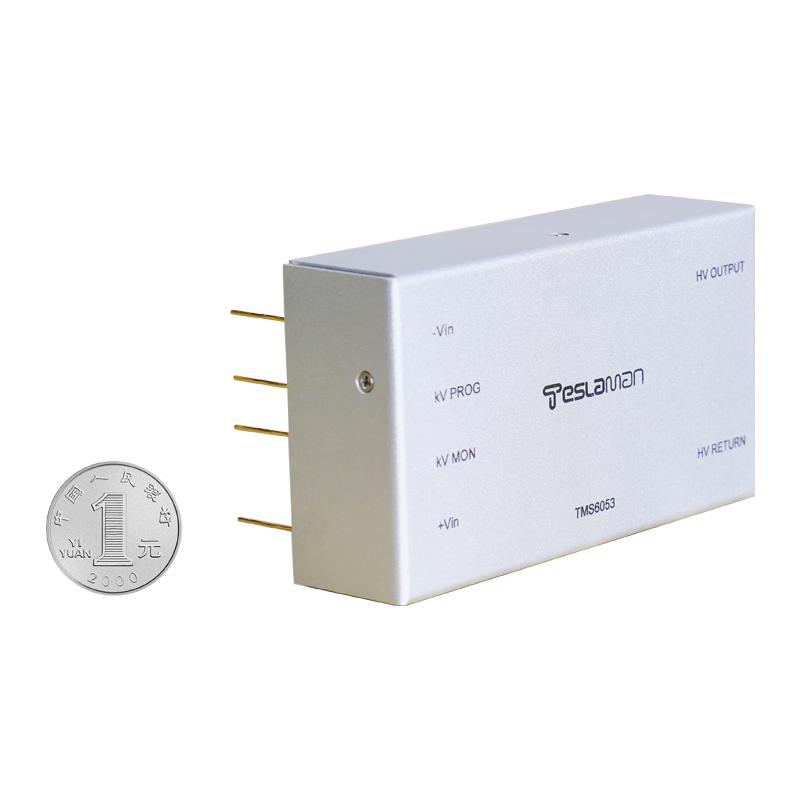Algorithmic Enhancement for Dynamic Image Intensification in High-Voltage Power Supplies
Image intensifiers amplify low-light scenes into visible images using electrostatic acceleration of photoelectrons, controlled by high-voltage fields. Conventional systems employ fixed-gain voltage supplies, which cannot adapt to rapidly changing illumination conditions, leading to image saturation or insufficient contrast. Integrating dynamic control algorithms into the high-voltage supply enables real-time adaptive gain, improving image clarity and stability across diverse lighting environments.
The core concept is closed-loop adaptive voltage regulation. A photometric sensor monitors the output luminance of the intensified image in real time, transmitting data to a digital controller. The controller calculates an optimal gain factor based on illumination level and dynamically adjusts the high-voltage output accordingly. This allows the image intensifier to maintain a stable brightness level even when scene illumination varies by several orders of magnitude.
Advanced algorithms further enhance local contrast. The image field can be segmented into multiple brightness zones, each assigned a specific voltage gain weight. By controlling the high-voltage distribution across regions, the system enhances dark-area visibility while preventing overexposure in bright regions. Such “spatially adaptive voltage mapping” is achieved through high-speed digital signal processors (DSPs) that continuously compute voltage adjustments based on real-time image histograms.
To prevent noise introduction from frequent voltage changes, smoothing algorithms are applied to the voltage adjustment curve, ensuring continuous transitions between gain states. Combined with soft-switching converter techniques, this minimizes transient spikes and electromagnetic interference that could otherwise degrade image quality.
Recent developments integrate deep learning to predict illumination trends and anticipate voltage adjustments. Neural networks trained on diverse lighting datasets can infer optimal high-voltage control parameters before significant brightness changes occur, achieving near-instantaneous adaptation. This fusion of algorithmic intelligence with power regulation marks a shift from static amplification to predictive image enhancement.
Through the convergence of adaptive control, signal processing, and high-voltage precision engineering, modern image intensifier systems achieve superior dynamic range and signal-to-noise performance. These improvements enable high-fidelity imaging in night vision, low-light surveillance, and scientific observation, setting a new benchmark for real-time electronic image amplification.




















